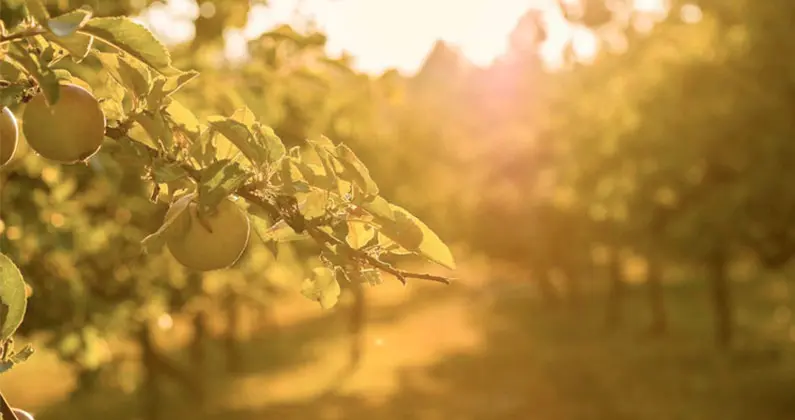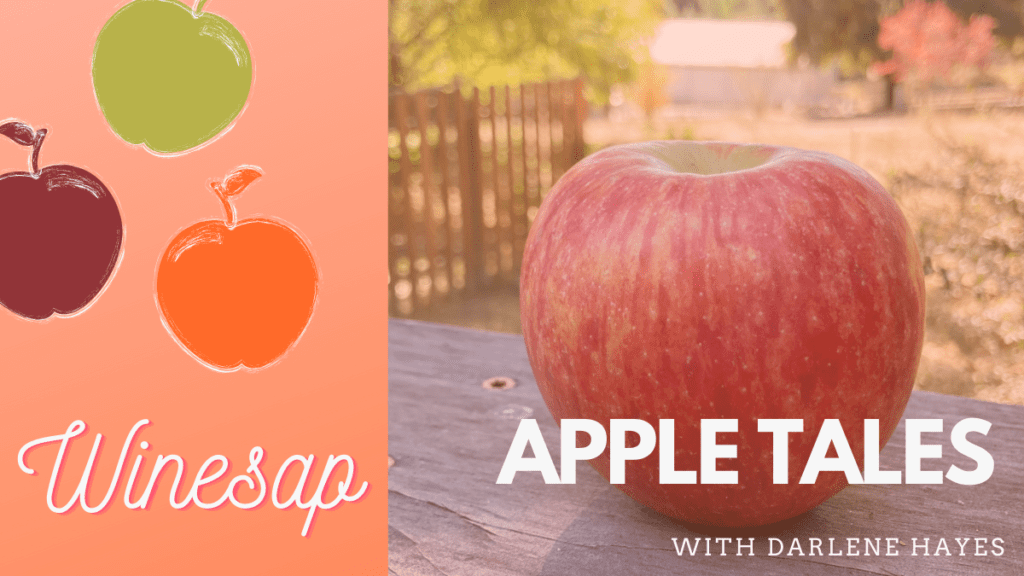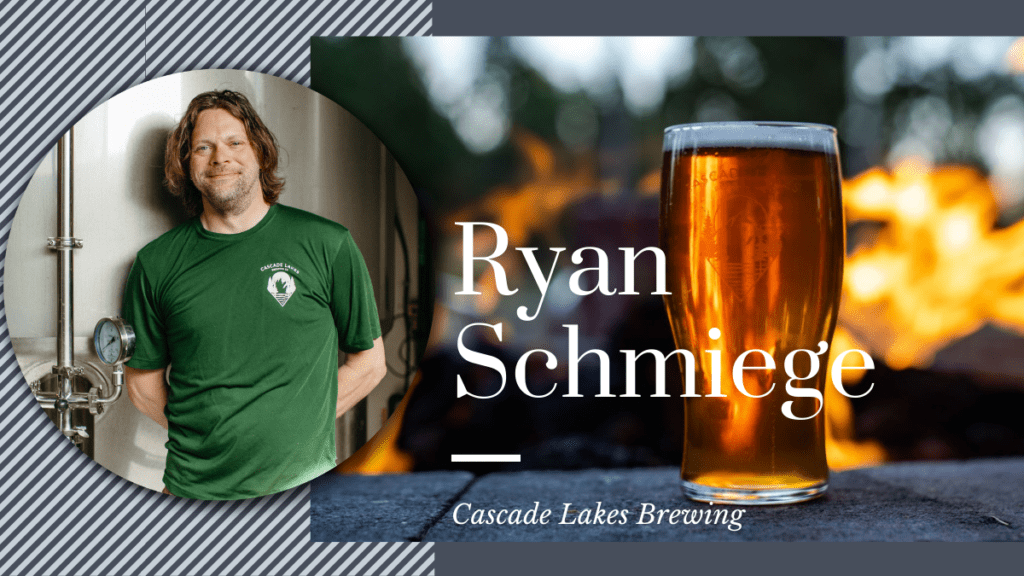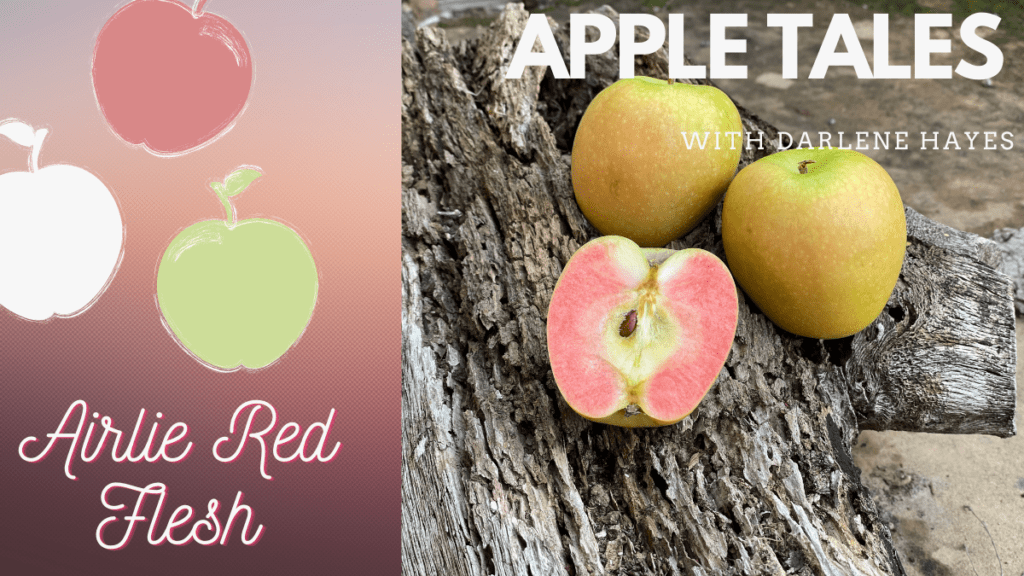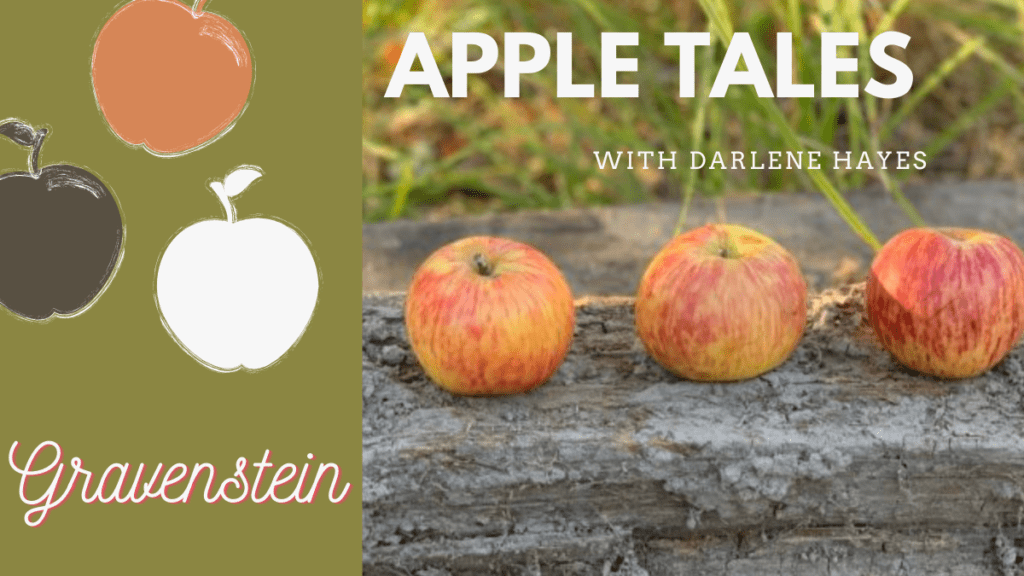By Pete Brown
The most fascinating aspect of observing America’s cider renaissance—especially for a Brit such as myself—is how little Americans are aware of their cider heritage. The first wave of craft cider makers have to explain what the drink is before they can persuade people to try it.
And yet, cider was a crucial aspect of America’s very creation. It’s no exaggeration to call cider the drink that built the United States. In a country that places so much value on its short history, cider’s role in that story is strangely overlooked. But don’t beat yourselves up—this has as much to do with the vague and meandering history of cider itself as it does America’s uneven relationship with the drink.
FORBIDDEN ROOTS
Cider has murky origins that have been widely documented by various beverage historians spanning the globe. We know that people figured out how to make intoxicating drinks from anything containing natural sugars before the birth of civilization itself. We also know that apples are thought to have originated in Kazakhstan, also cultivated by the ancient Greeks, Chinese and Persians. In the book “The Story of the Apple” by Barrie Juniper and David Mabberley, they discuss how the apple was revered above other fruits, with a much greater role in art, culture and mythology than it had in our diets. Medieval Christianity was merely following the trend of many other religions when it decided Eden’s “forbidden fruit”—which the Bible doesn’t actually name—was the apple. Some archaeo-botanists have since concluded it was far more likely to be a fig, based on the climate along the Tigris- Euphrates rivers, where the Garden of Eden is supposed to have been. Which makes sense when you consider what Adam and Eve used to cover their nakedness.
The cultivation that has given us edible varieties of apple—the process of grafting cuttings onto rootstock to cultivate favoured varieties—is thousands of years old. In the first century, Roman philosopher and author Pliny the Elder tells us in his book “The Natural History” that “wine is made, too, of the pods of the Syrian carob, of pears, and of all kinds of apples.”
The difficulty with being any more specific about cider’s origins is that where it is mentioned, just as with Pliny’s scripts, it is not given a specific name. What he calls “artificial wine,” others refer to with the Hebrew word shekar, or Latin sicera, both colloquialisms for “strong drink.” There’s a keen theory that this is the origin of the word “cider.” But it was used to refer to any alcoholic drink that was not wine from grapes. The Asturians in northern Spain—probably the most passionate cider drinkers on the planet—base their claim to have invented cider on a reference by Greek philosopher Strabo in 60 B.C. But the term he used is zythos, an ancient Greek word more commonly associated with beer, but again, a term applied to anything that wasn’t wine.
According to many Asturian history records, there is circumstantial evidence to suggest that Strabo’s zythos was made of apples. And whether they invented it or not, the Asturians were the first great cider drinking culture.
PROPER REPRESENTATION
Cider really starts to appear properly during the reign of Charlemagne (768-814 A.D.) whose Frankish Empire stretched from northern Spain to Normandy, France to modern day Germany, spanning three of today’s most important cider making areas. Emperor Charlemagne himself was possibly the first to give cider and perry their own names—pomatium and pyratium—and there are hundreds of references to orchards on wealthy estates in legal documents. Most of these mentions cluster around Asturias, then a part of his empire. Back in the days of the Roman Empire, soldiers from that region had travelled across the empire and fought in modern-day France and Britain, which is enough evidence for some passionate Asturians to suggest they were responsible for spreading cider making around northern Europe.
It’s hard to know how widespread cider making was before the Middle Ages. The process of crushing and pressing apples may be simple in principle, but to do it efficiently required equipment that only big estates could afford. It certainly happened on a small scale, with people crushing apples in buckets with sticks, but a largely illiterate population didn’t record where it did occur. Mentions of cider become widespread in France, Germany and Britain by the 13th century. Pliny’s idea of wine from apples as an inferior substitute to “true wine” endured. As northern Europe experienced periods of climate change between the 13th and 17th centuries, wherever vines failed people switched to apples to make “wine” instead. The apple is much hardier than the sensitive grape, growing easily in any temperate climate.
This is why the apple was so important to early American colonists. According to Michael Pollan in his book “The Botany of Desire,” many cuttings and seeds from the Old World struggled to take root in the new. Crops failed. But the apple is a hardy survivor, each of its seeds carries a different genetic code, and when planted, some of them found the new climate to their liking. New varieties, never seen before, colonized America along with the settlers.
CREATING THE CRAFT
New England imported a British approach to cider making. Similarly, Quebec followed the French model, treating cider as wine, and South American countries such as Argentina and Chile still display deference to the traditions and techniques of northern Spain.
Early apple varieties were mostly inedible, and were used instead for making cider. As every cider aficionado is keen to tell you, when Johnny Appleseed took apple pips from cider mills in Pennsylvania and planted nursery orchards on the frontier, the resulting apples were used by grateful colonists to make cider rather than the Disney version of the bounty being edible fruit. These trees rooted them to the land—John “Appleseed” Chapman was a shrewd businessman who knew that in order to avoid land speculation, settlers were required to plant crops or orchards on their plots which required tending. The cider from their apples was a valuable source of liquid and nutrients in areas where clean water was scarce, and a warming comfort for harsh frontier life.
Even children drank cider for breakfast. America’s second President John Adams drank a tankard of hard cider for breakfast every day—and lived to the age of 90. In 1840, William Harrison famously was elected president after convincing the populace that he was the homespun candidate of “the log cabin and hard cider.” Today, seventh generation Virginia orchardist Tom Burford says he believes Americans drank as much cider per capita in the 18th century as they do sodas today.
MARKET COMPETITION
Beer began to take over in the 1870s, when German immigrants found perfect barley growing land in states such as Wisconsin, and refrigeration and railroads allowed them to sell the new, golden, pilsner-style lager nationwide.
When prohibition closed its grip, orchardists had little option but to grub up their cider trees and replace them with eating varieties. Beer production resumed immediately on Prohibition’s repeal. Sadly, cider made from new mass-market edible apples such as the Red Delicious tasted terrible by comparison. By the 1940s, “cider” was a term applied to fresh, unfermented apple juice.
Commercial, six-pack “hard ciders” re-emerged in the 1970s, appealing to a small niche audience. But in the woods of New England, and here and there on roadsides and at the edges of farms, forgotten heirloom cider apple varieties survived, as did the knowledge of how to make cider from them.
When the North American cider renaissance began in the 21st century, new technology and expertise allowed decent, wine-like cider to be made from culinary and dessert fruit. Traditional cider varieties reappeared from England and France. But now, varieties that appeared with the colonists, such as the Baldwin, Esopus Spitzenberg and Winesap are being cultivated again. America is rediscovering its own cider heritage, and it’s a journey to delight all the senses.

